Why Choosing A High CFU Probiotic Isn't Always Better
Do you ever wonder why starting a new probiotic supplement can sometimes provoke adverse side effects?
Side effects may include bloating, gas, and even diarrhea. Considering the fact that probiotics are some of the most important promoters of overall health, why can their introduction be so harsh on the body? (1)
A natural probiotic introduction does not cause side effects, as do probiotic supplements
Side-effects are a sign of an imbalance between the gut and the probiotics in the gut
When it comes to probiotics, an enormous amount is not always better
Blog Contents
Starting With A High CFU Probiotic May Produce Adverse Effects
Probiotics are a natural component of our diet/ environment. Before the availability of nutritional supplements, people obtained probiotics from their diet. Probiotics come in relatively small amounts. Healthy food, however, provides a continuous supply of probiotics. (2)
The steady supply means that the body can evolve to meet the needs of the bacteria. On the other hand, the new bacteria can learn to maintain the body's needs. Additionally, the small amount of bacteria introduced is more likely to integrate with the already colonized intestinal residents harmoniously. Finally, the time allowed for the adaptation of all parties results in a lower chance of abrupt changes to the gastrointestinal flora. Slowly, over sufficient time, a unique symbiotic microorganism imprint is built. (3,4)
What Is A CFU?
A CFU is a measure used in the study of Microbiology. It measures the density of bacteria in Colony Forming Units. A CFU is a very rough estimate of potency for probiotic supplements most of the time. Usually, companies take CFU measures at the production date. (3)
Some supplement companies are aware of the natural die-off rate of probiotic supplements. Some products are overbuilt and labelled with a lower CFU to compensate for die-offs. Others require retailers to refrigerate the product to maintain maximum CFU. Compared to refrigeration, over-building supplements are a safer bet as suppliers have little control over shipping and retail. Once the supplement leaves the production company, there is no guarantee that it will be shipped or stored at the supplement store properly. (4,5,6)
Another accurate measure to maintain CFU count is to ensure the best environment for the probiotic once it enters the body. For example, delayed-release capsules provide less probiotic exposure to stomach acid, leading to higher survival rates. On the other hand, including a PREbiotic with the probiotic enhances the survival of the probiotics in the gut and facilitates more elevated rates of colonization. (7, 8)
Environmental amplification and product over-building are the two best ways to ensure a more reliable, accurate CFU count. A high-quality probiotic supplement considers the question of "how much probiotics have a true chance of colonizing the gastrointestinal system?" regardless of the number on the bottle.
Colony Forming Units (CFU) is a rough measure of supplement power
Suppliers intentionally overbuild some probiotic supplements to compensate for die-off
Adding prebiotics (bacteria food) to a probiotic supplement amplifies the survival of probiotics and results in a higher rate of colonization
Why Choosing A High Probiotic CFU Isn't Always Better
Some bacterial strains require the production of more gastrointestinal mucus as they rely on the mucus as a source of food. When such bacteria colonize slowly, they gradually promote the gastrointestinal tract to produce more mucus naturally. The change in mucus production results in more food for the bacteria and more gastrointestinal protection/ better gastrointestinal immunity. However, such a process can quickly become "damaging" instead of "building" if done abruptly. (9)
Introducing a massive amount of mucous-eating bacteria to the gut of someone who already has minimal mucus lining can result in the depletion of the mucous lining as the bacteria rush to eat it. In addition, as the body is not adjusted to doubling the amount of lining produced, the probiotics become more of an irritant than a soother.
Supplying large doses of probiotics in pill form can cause side effects for healthy people in a very short time. Most of those side effects include:
Inadequate digestion
Bloating
Gas
Diarrhea
Abdominal pain
On the other hand, for most sensitive individuals, those with Leaky Gut, Irritable Bowel Disease (IBD) or Irritable Bowel Syndrome (IBS), the symptoms can be more abrupt and harder to predict. Symptoms may include: (10, 11)
Worsening abdominal pain
Pain concentrating in a specific area of the abdomen
Pulsating sensation in the intestines
Worsening of intestinal bleeds
Loss of mucus barrier evident from mucus in stools
Extreme fatigue after severe diarrhea
-
Nausea and upper gastrointestinal symptoms
-
Highly associated with Crohn's disease
Vomiting, headache, dehydration
-
People That Should Avoid HIgh CFU Probiotics
Probiotics are effective for maintaining gut health. As Chinese Medicine teaches us, a healthy Earth (digestive system) is the root of good health. However, it is essential to ensure that the gut is well-maintained by a healthcare provider for those diagnosed with cancer, autoimmune conditions, severe gastrointestinal illness, and immune-compromising conditions. (11)
There are times when the use of probiotics is contraindicated, and it is best to ensure the safety of probiotic use in all cases of immune compromise. Such individuals benefit from the advice of a healthcare provider and from starting as slow as possible with probiotics when they are indicated and approved.
Article References
- Marteau P. Safety aspects of probiotic products. Näringsforskning. 2001 Dec 1;45(1):22-4.
- Granato D, Branco GF, Nazzaro F, Cruz AG, Faria JA. Functional foods and nondairy probiotic food development: trends, concepts, and products. Comprehensive reviews in food science and food safety. 2010 May;9(3):292-302.
- Minelli EB, Benini A. Relationship between number of bacteria and their probiotic effects. Microbial Ecology in Health and Disease. 2008 Jan 1;20(4):180-3.
- Vicariotto F, Del Piano M, Mogna L, Mogna G. Effectiveness of the association of 2 probiotic strains formulated in a slow release vaginal product, in women affected by vulvovaginal candidiasis: a pilot study. Journal of clinical gastroenterology. 2012 Oct 1;46:S73-80.
- Haggan M. Probiotics: Matching the hype. AJP: The Australian Journal of Pharmacy. 2019 Sep;100(1187):44-8.
- Okay SS. Probiotics: Single or Multi-Strain, What’s the deal?.
- Bezkorovainy A. Probiotics: determinants of survival and growth in the gut. The American journal of clinical nutrition. 2001 Feb 1;73(2):399s-405s.
- Percival MA. Choosing a probiotic supplement. Clin Nutr Insights. 1997;6:1-4.
- Van Tassell ML, Miller MJ. Lactobacillus adhesion to mucus. Nutrients. 2011 May;3(5):613-36.
- Marteau P, Seksik P. Tolerance of probiotics and prebiotics. Journal of clinical gastroenterology. 2004 Jul 1;38:S67-9.
- Floch MH. Probiotics, irritable bowel syndrome, and inflammatory bowel disease. Current treatment options in gastroenterology. 2003 Aug 1;6(4):283-8.
- Van den Nieuwboer M, Brummer RJ, Guarner F, Morelli L, Cabana M, Claassen E. The administration of probiotics and synbiotics in immune compromised adults: is it safe?. Beneficial microbes. 2015 Jan 1;6(1):3-17.









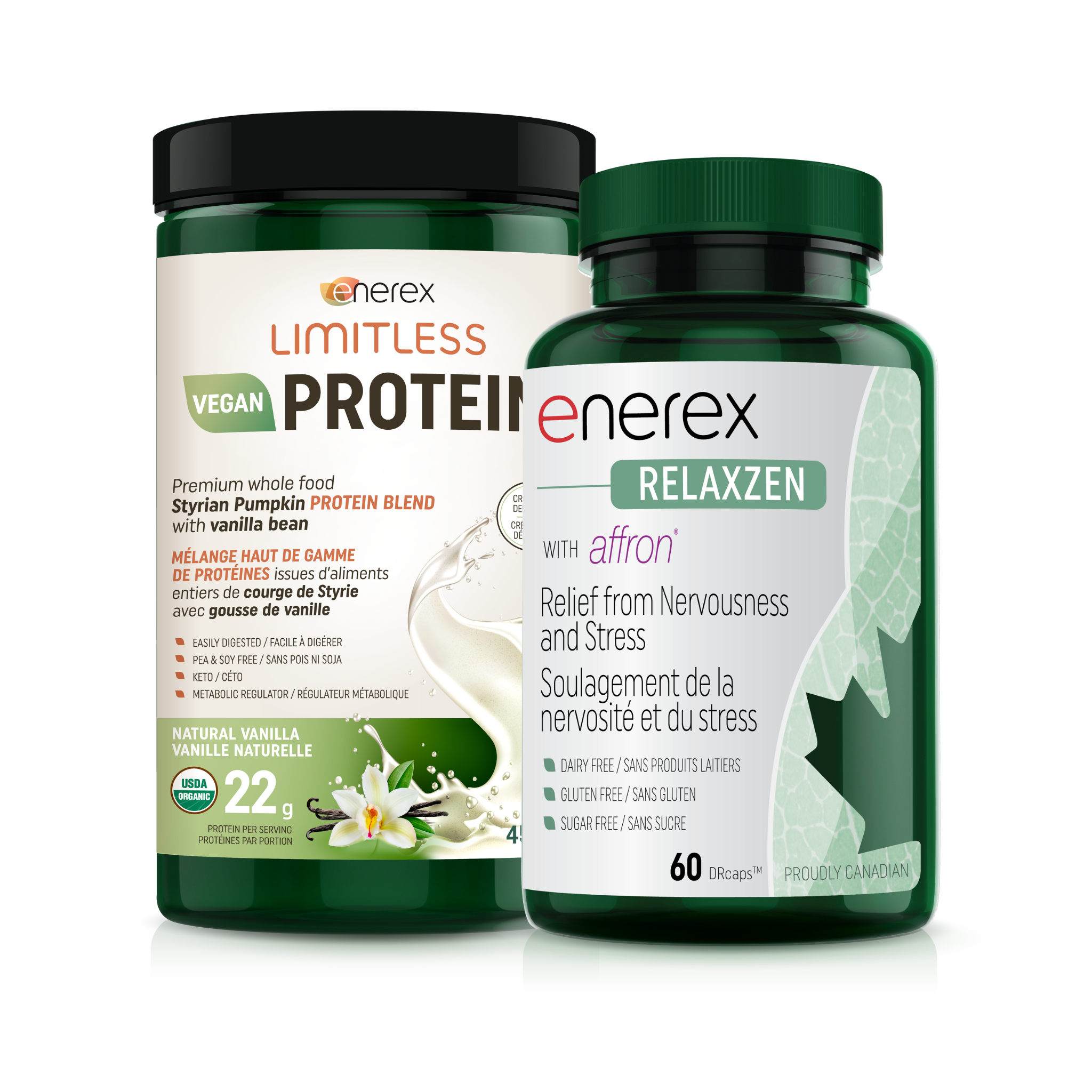
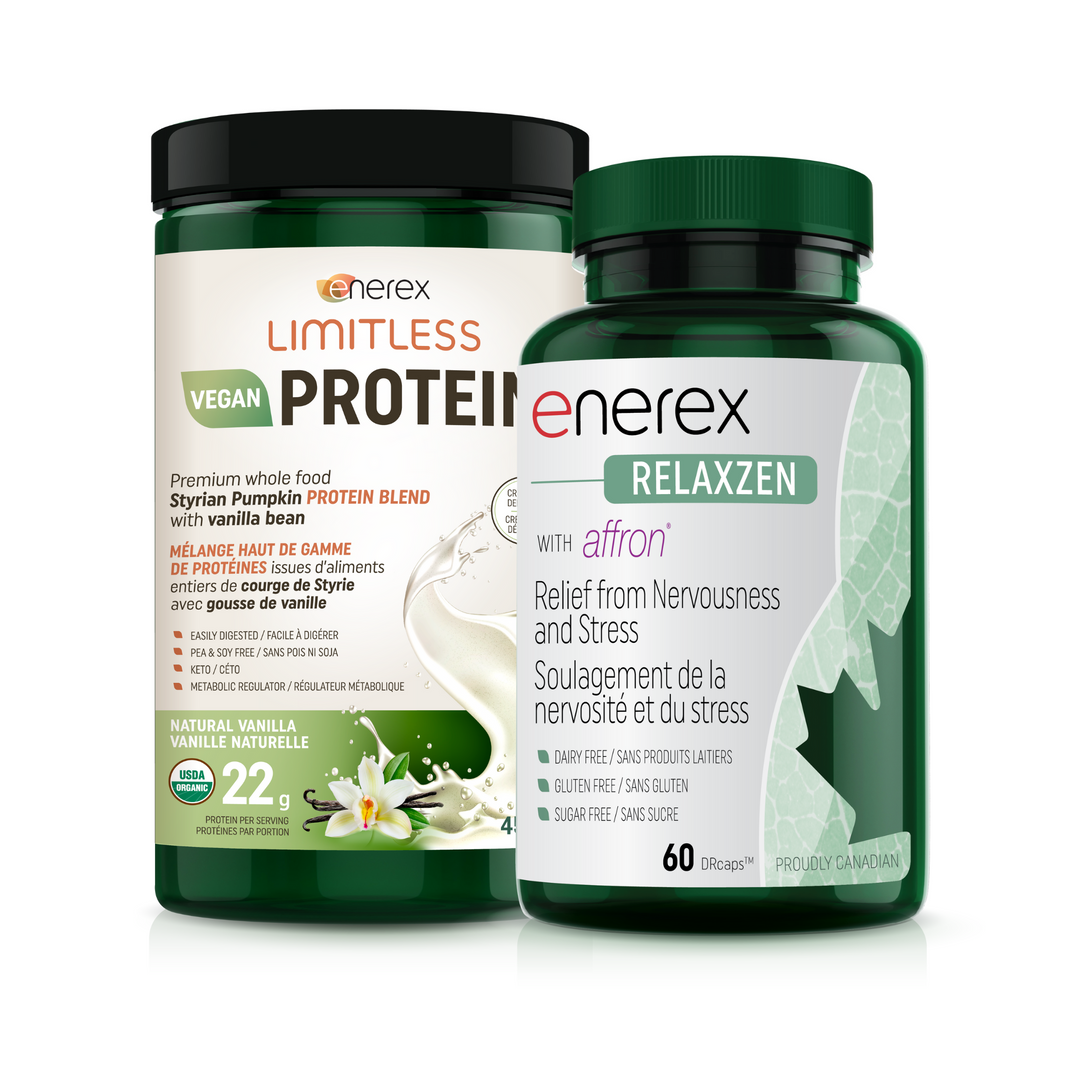


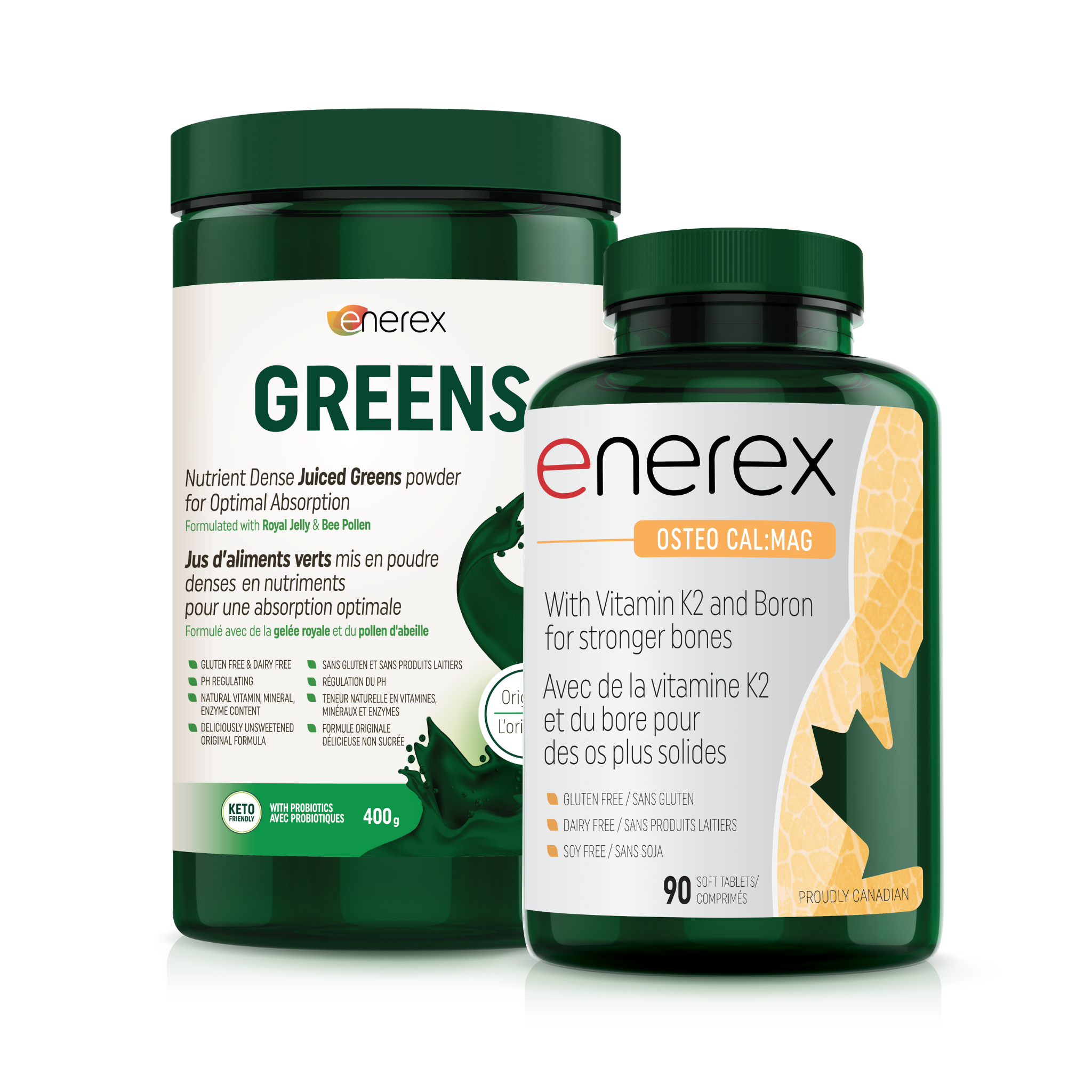
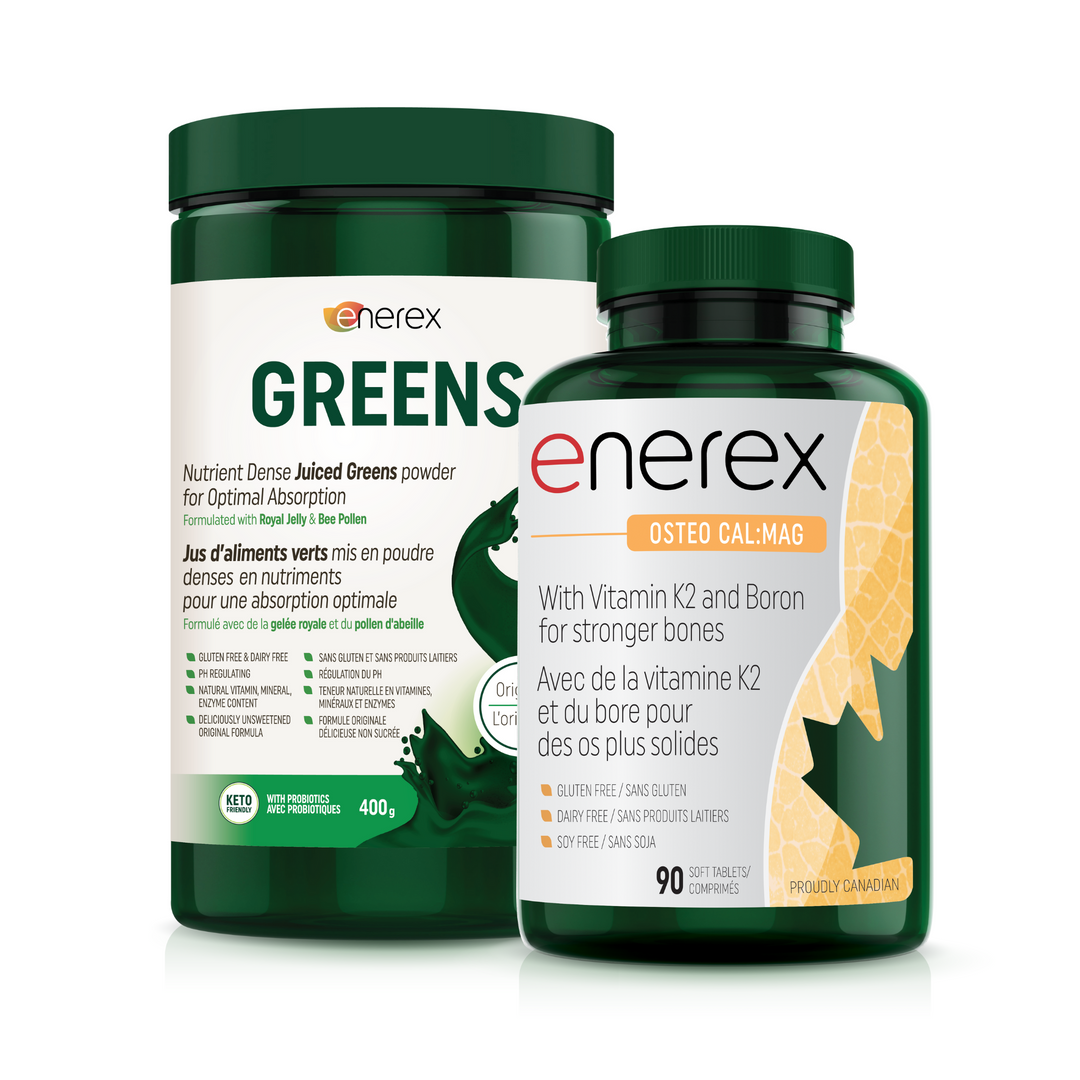
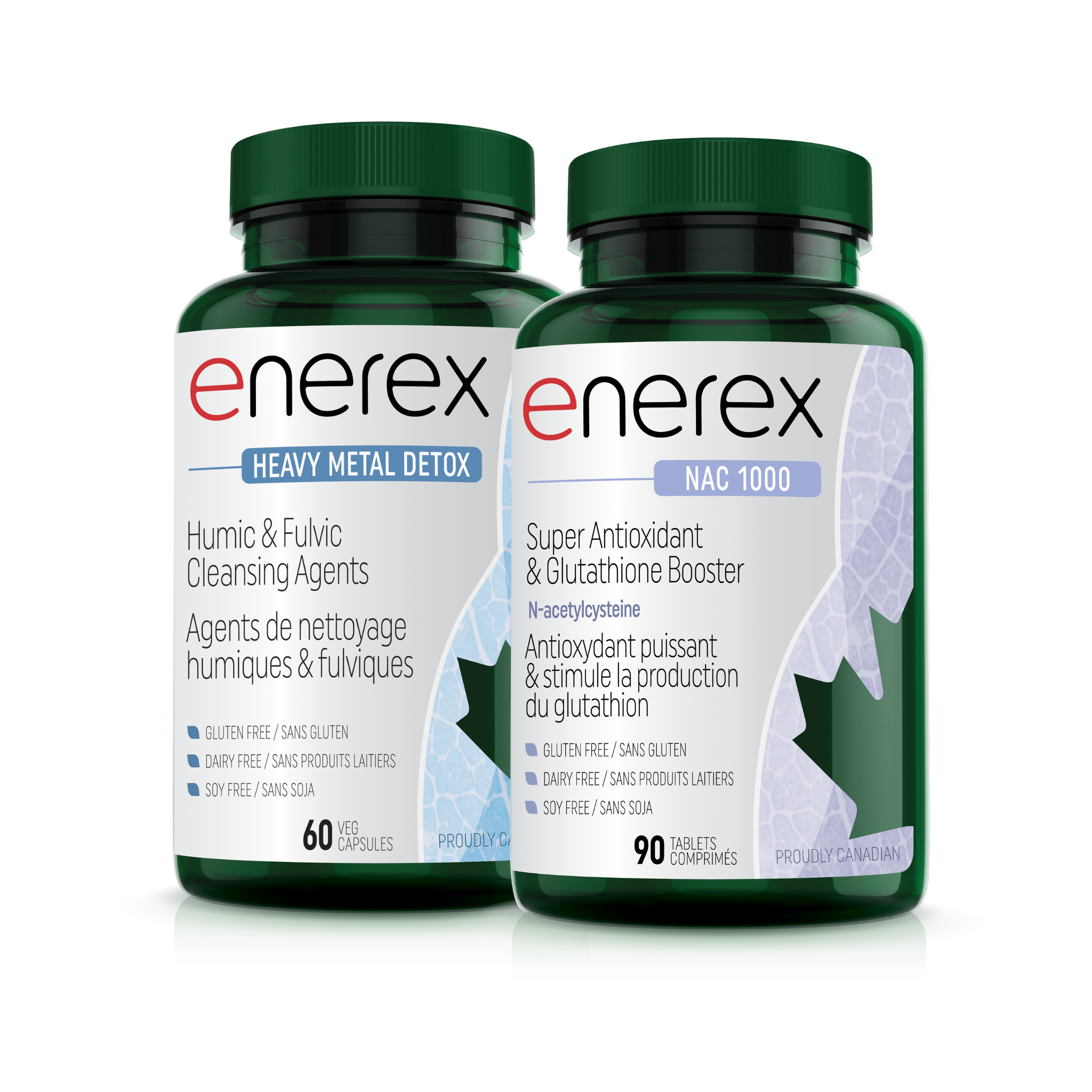
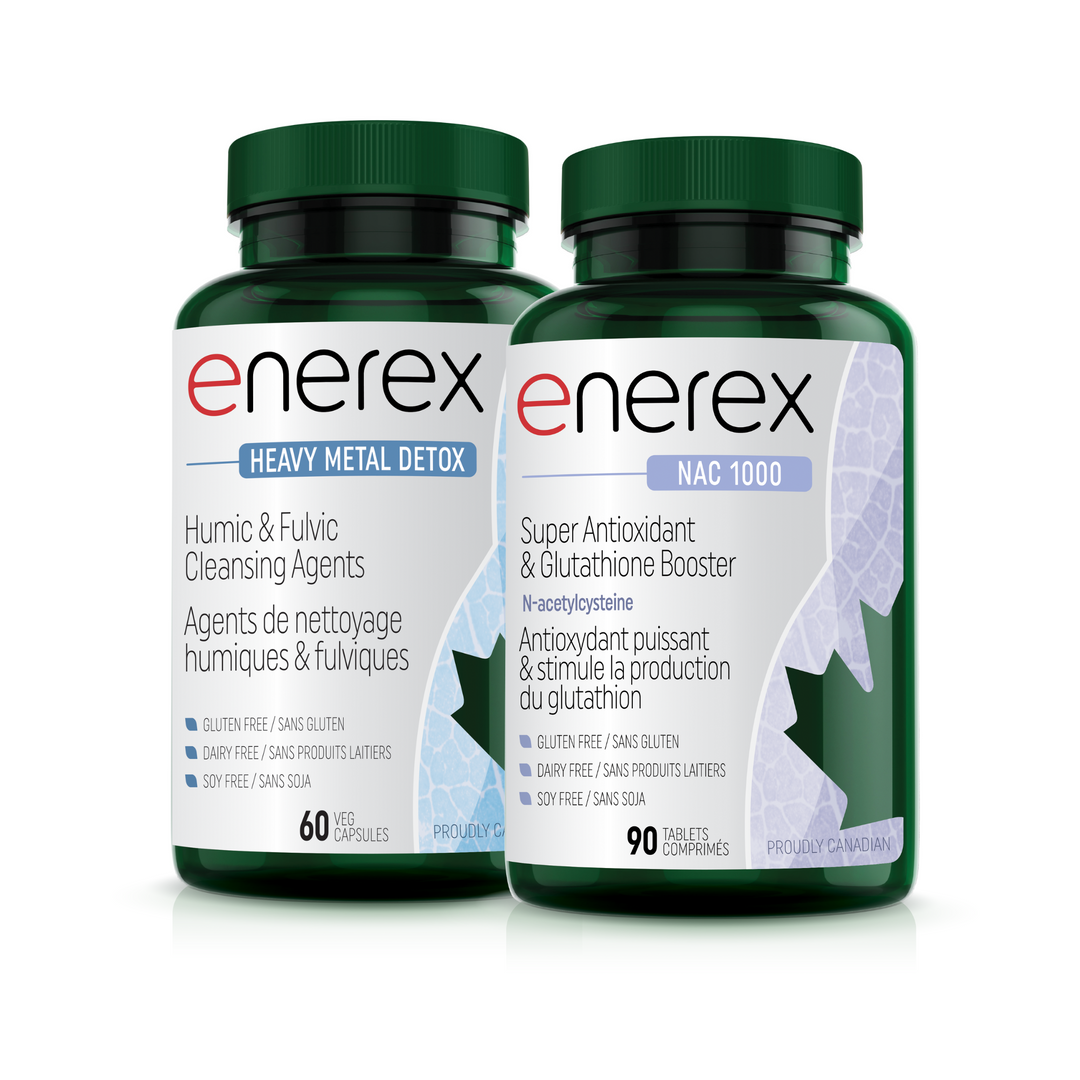
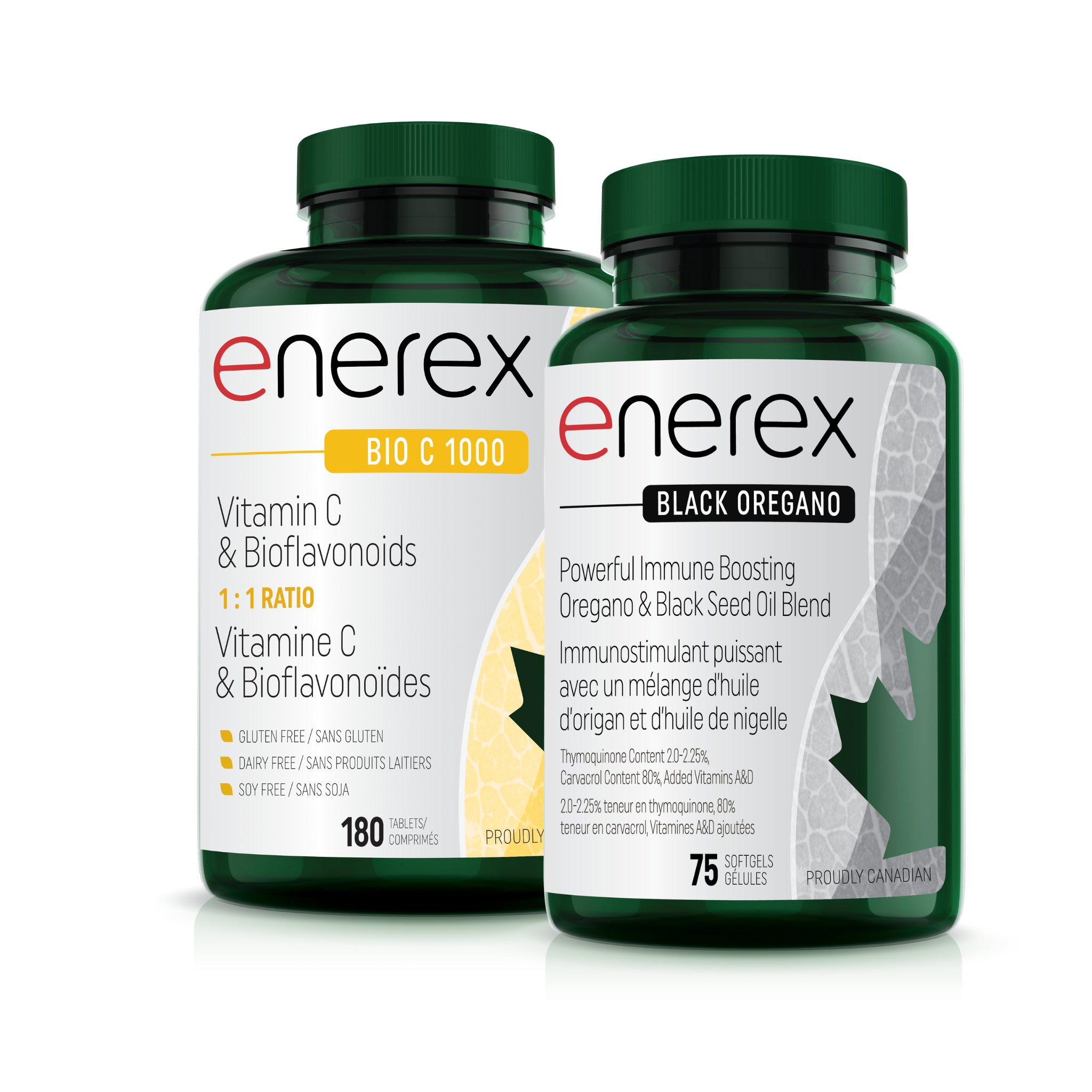
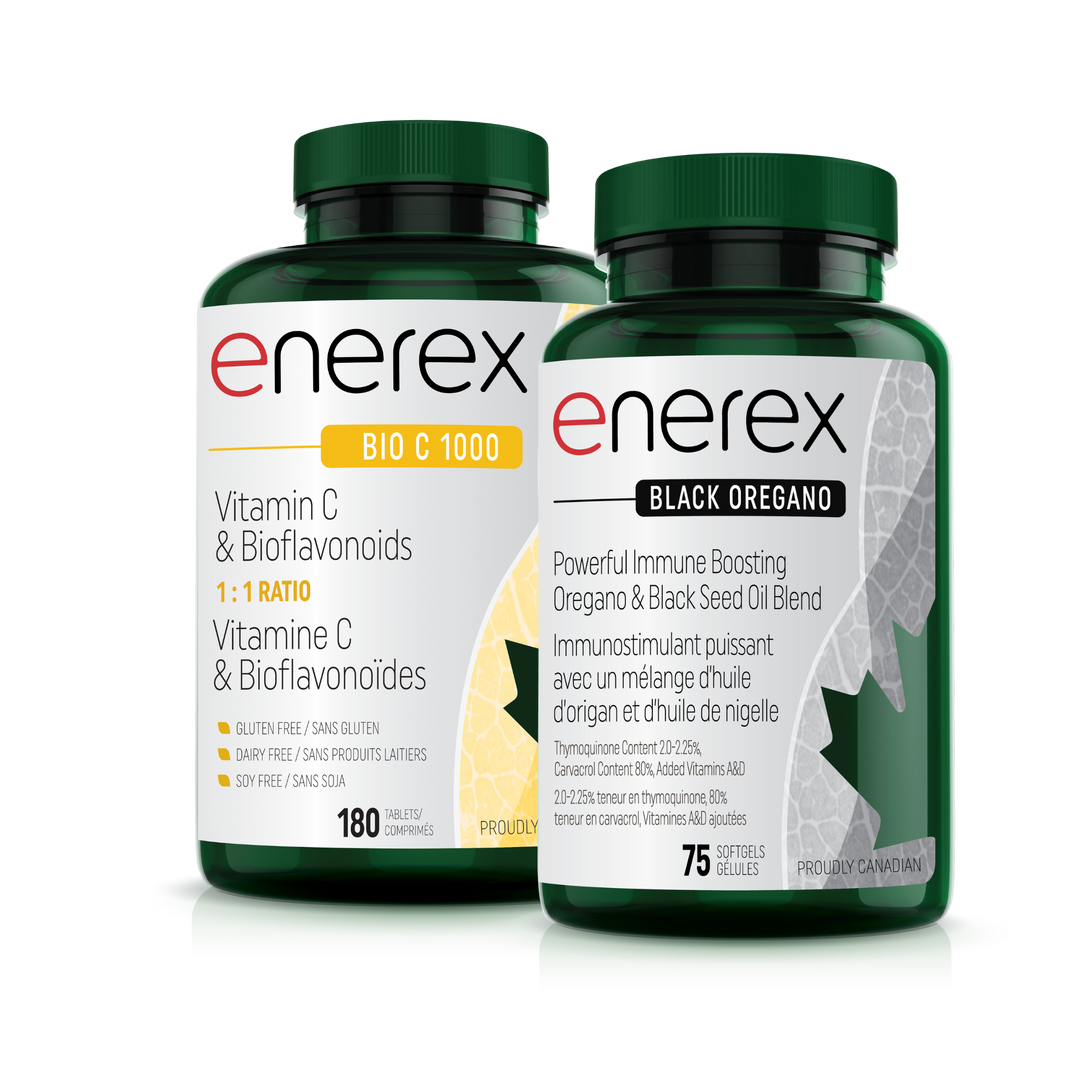

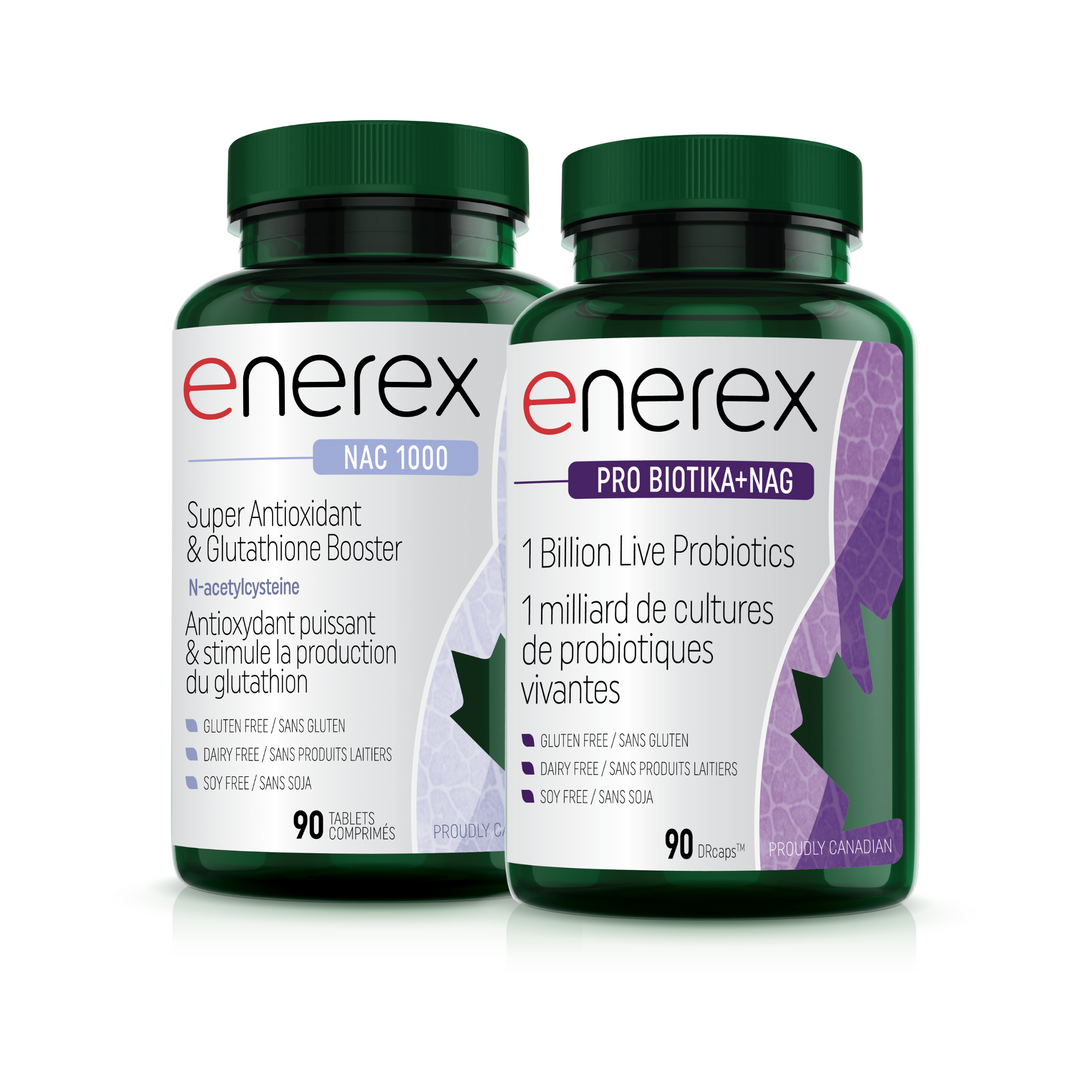
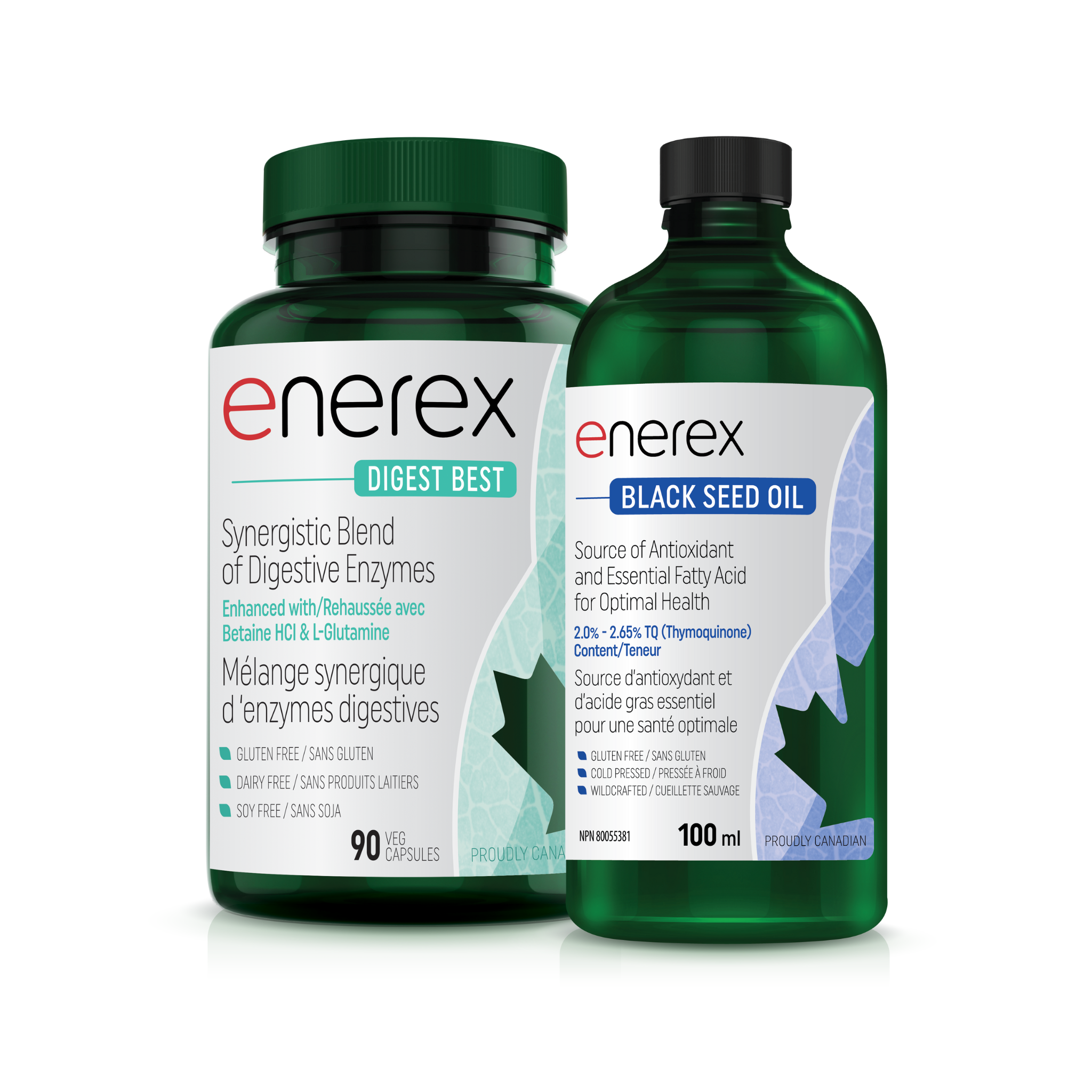
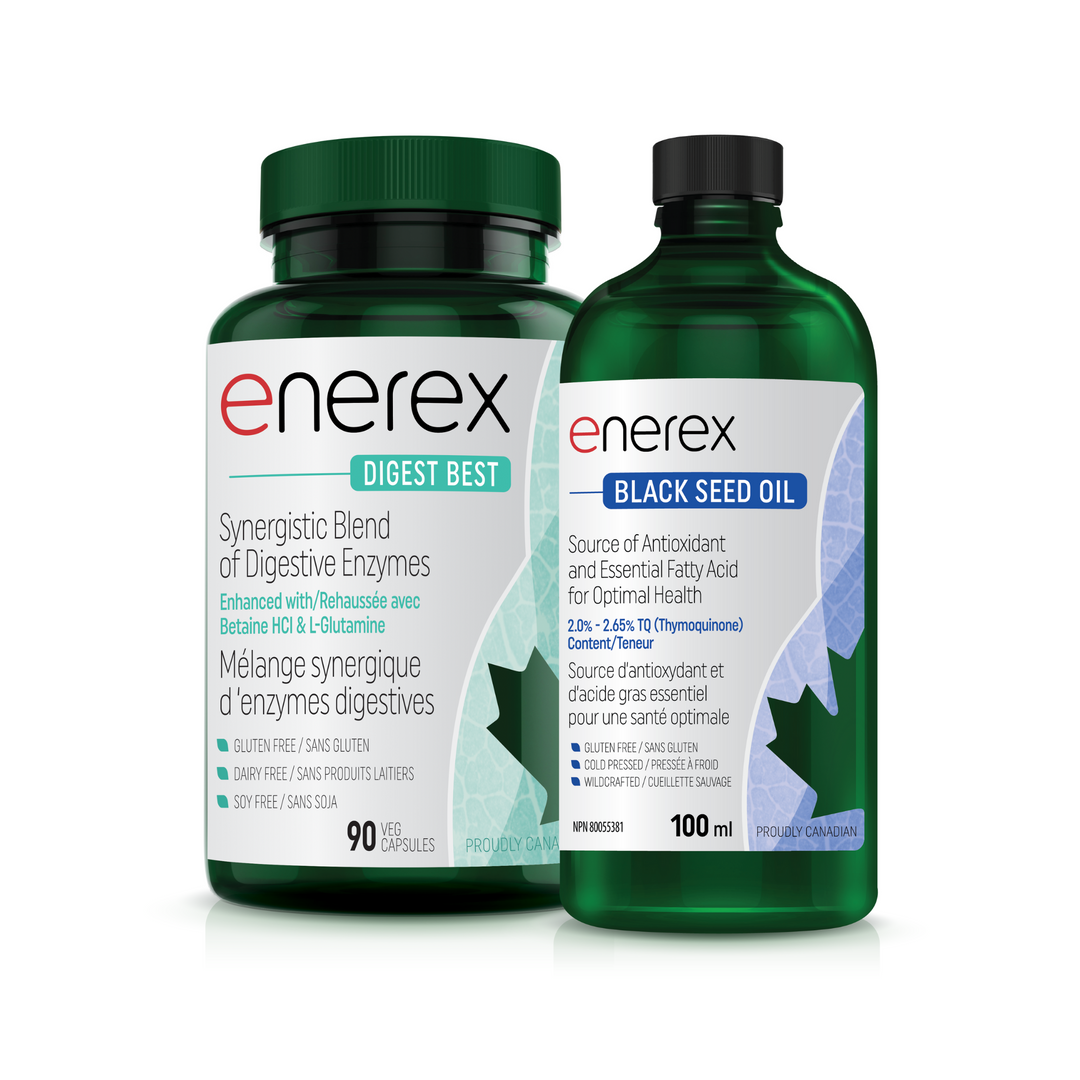
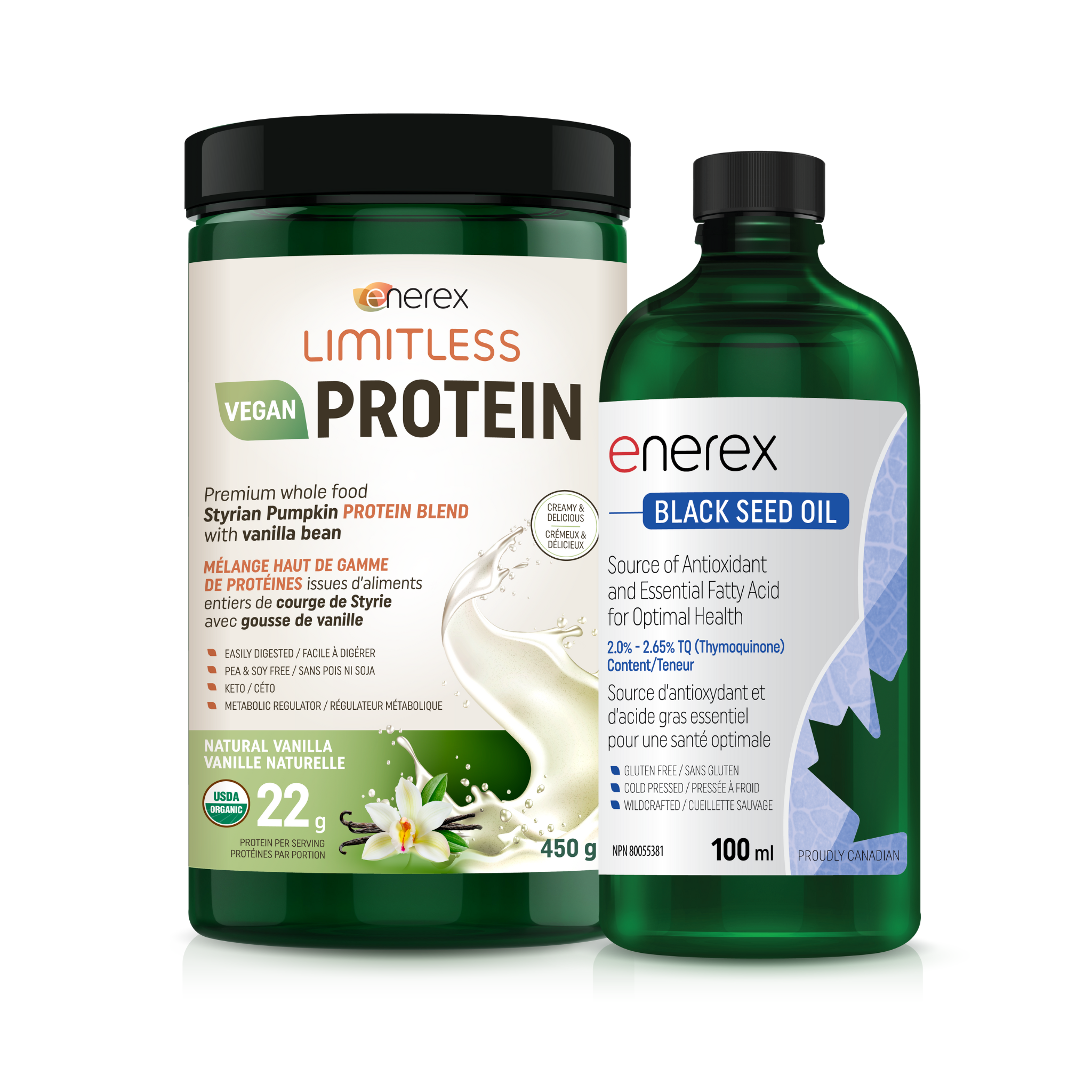
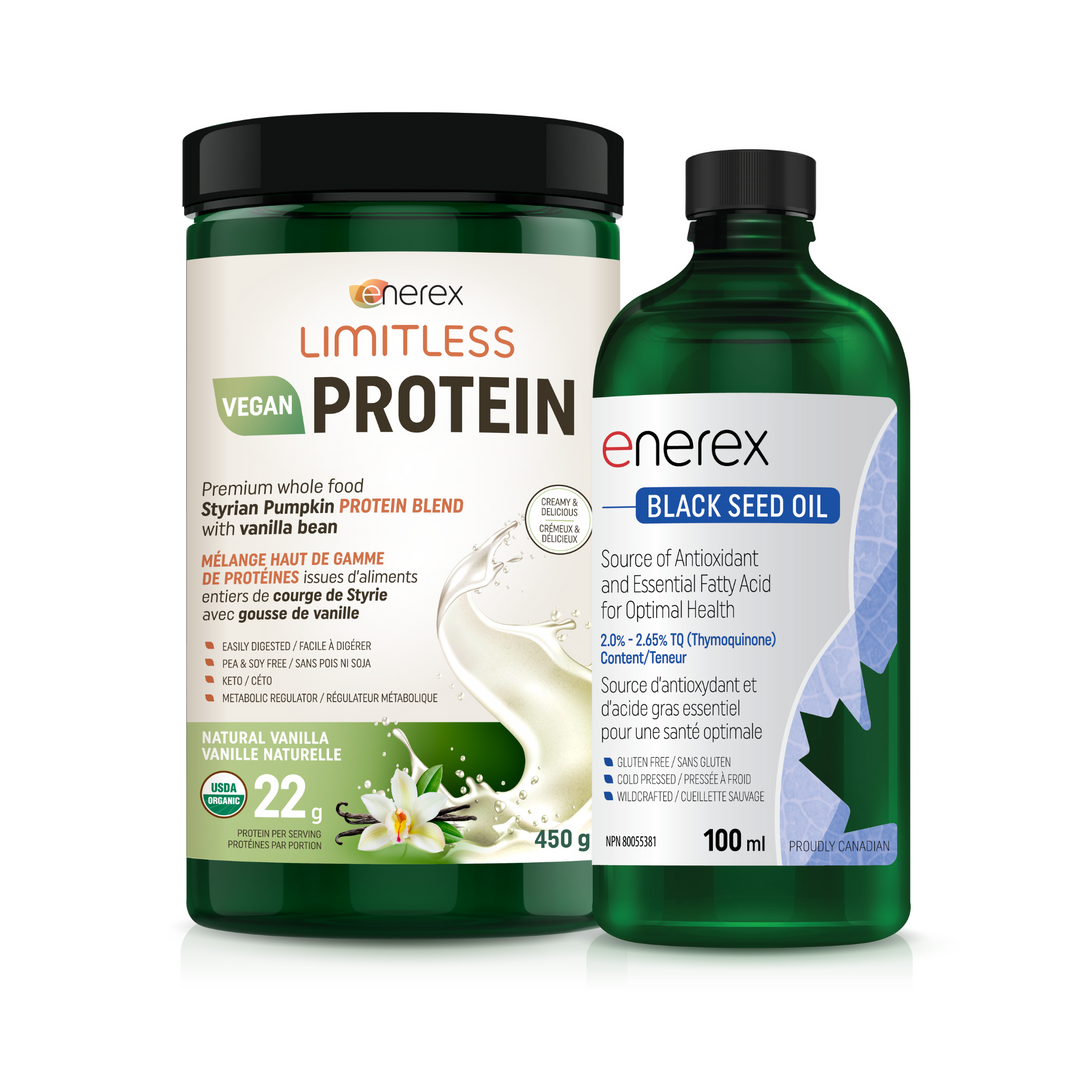
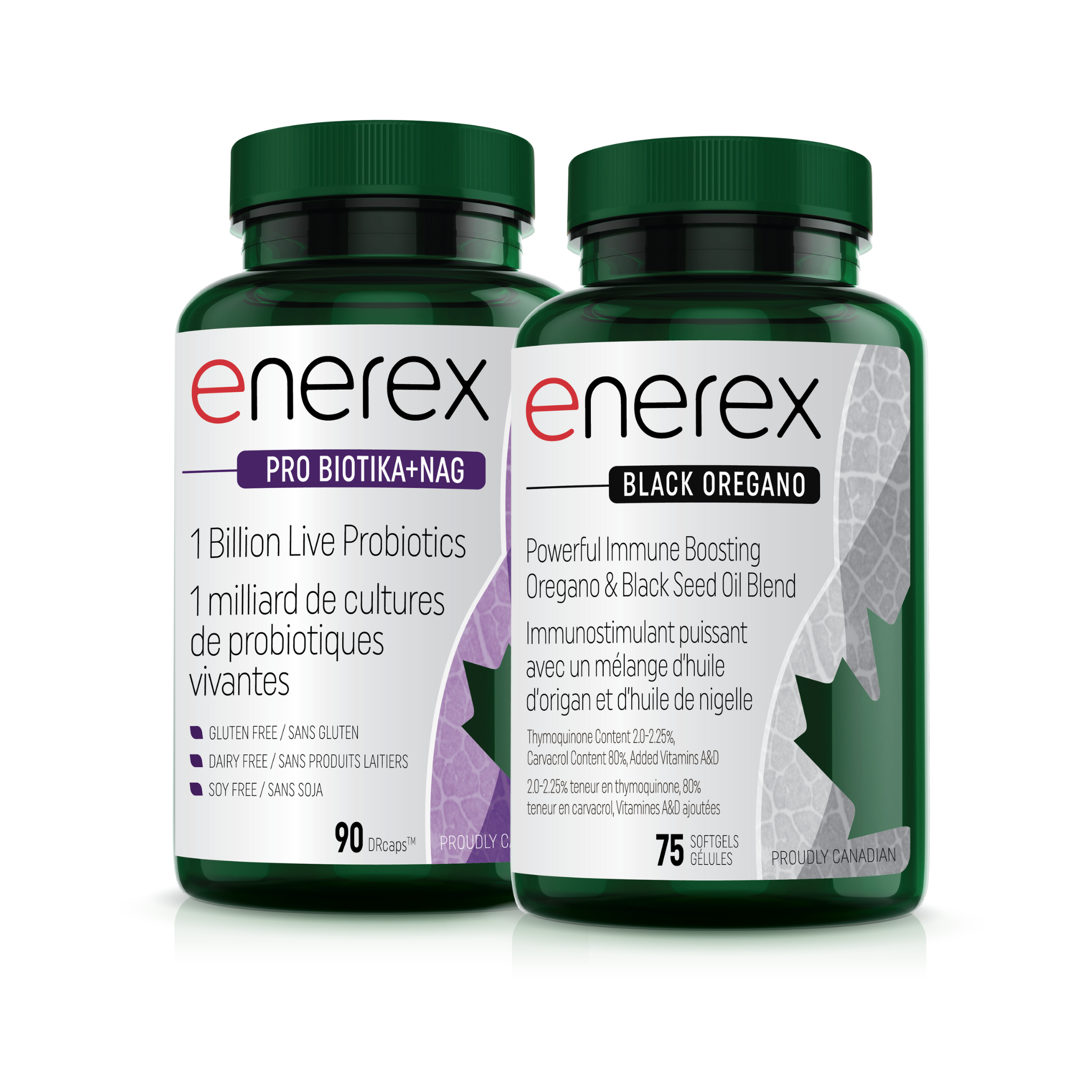
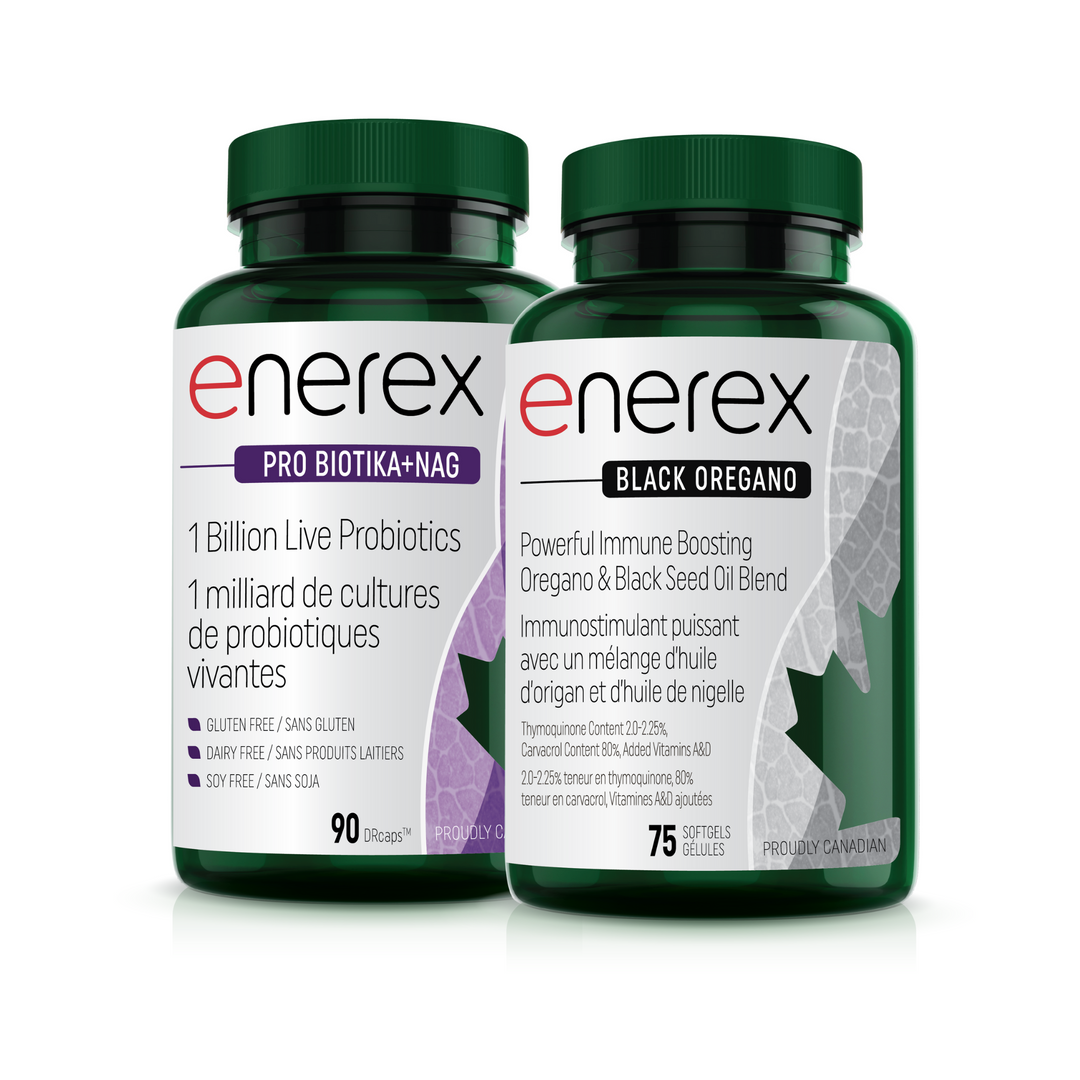





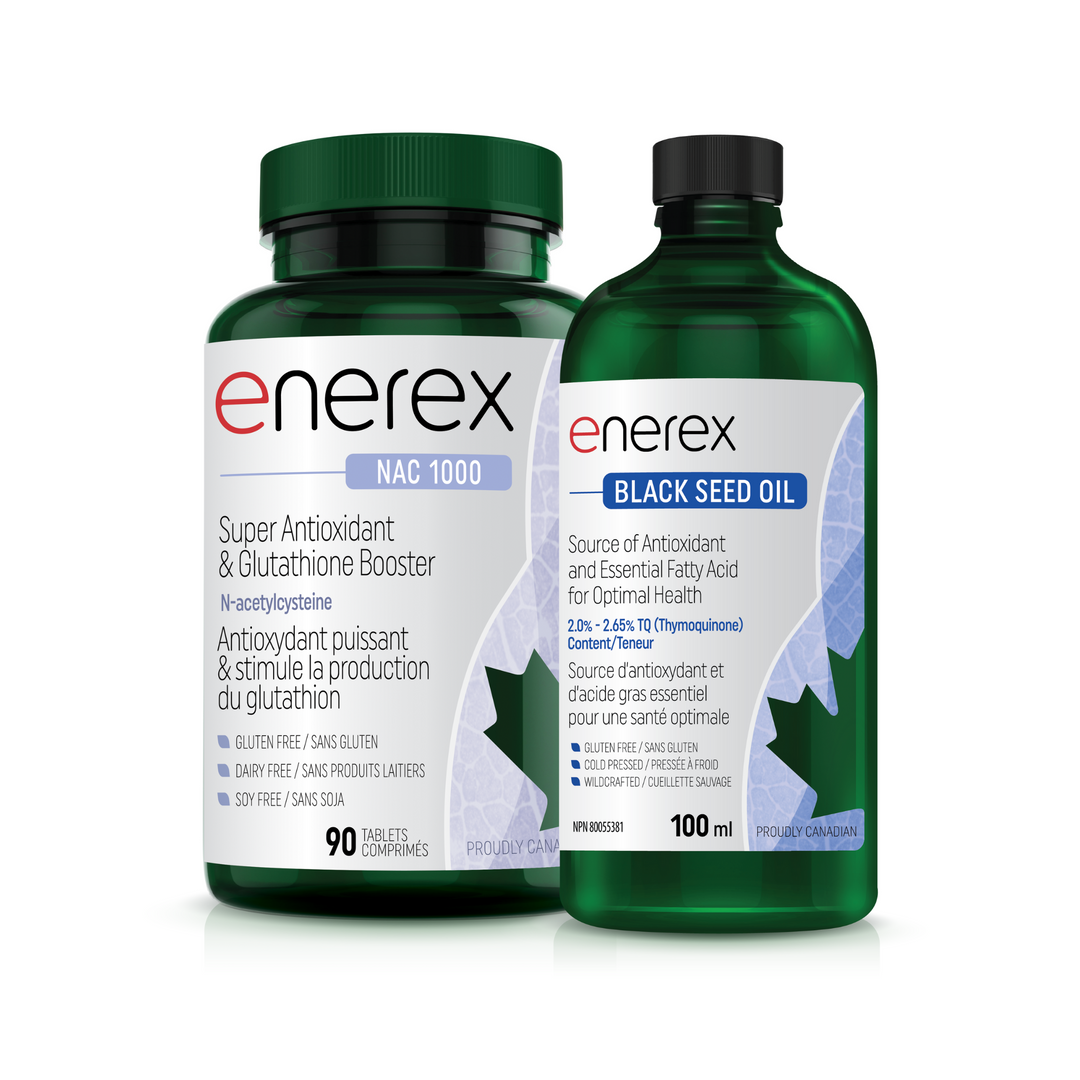
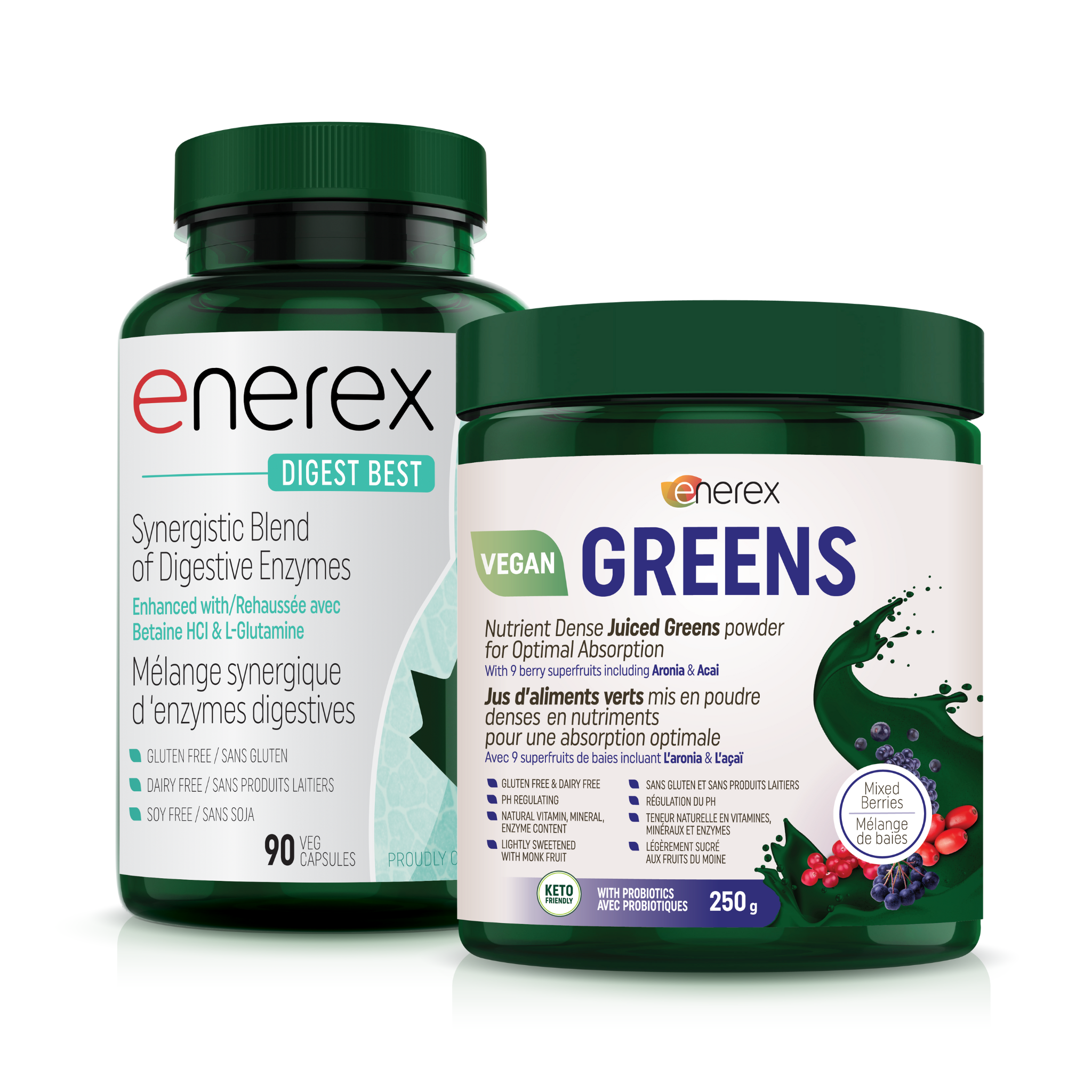
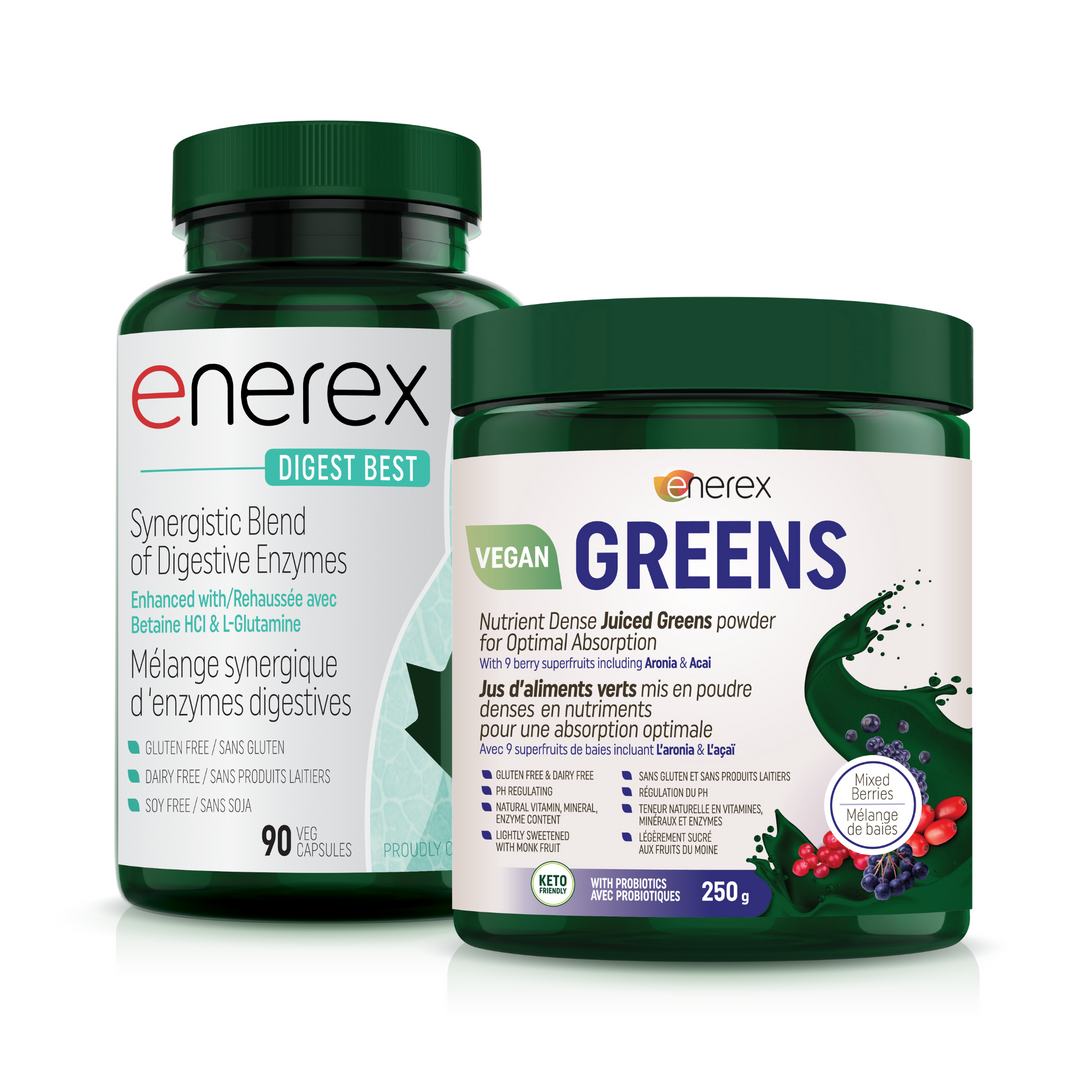
Leave a comment